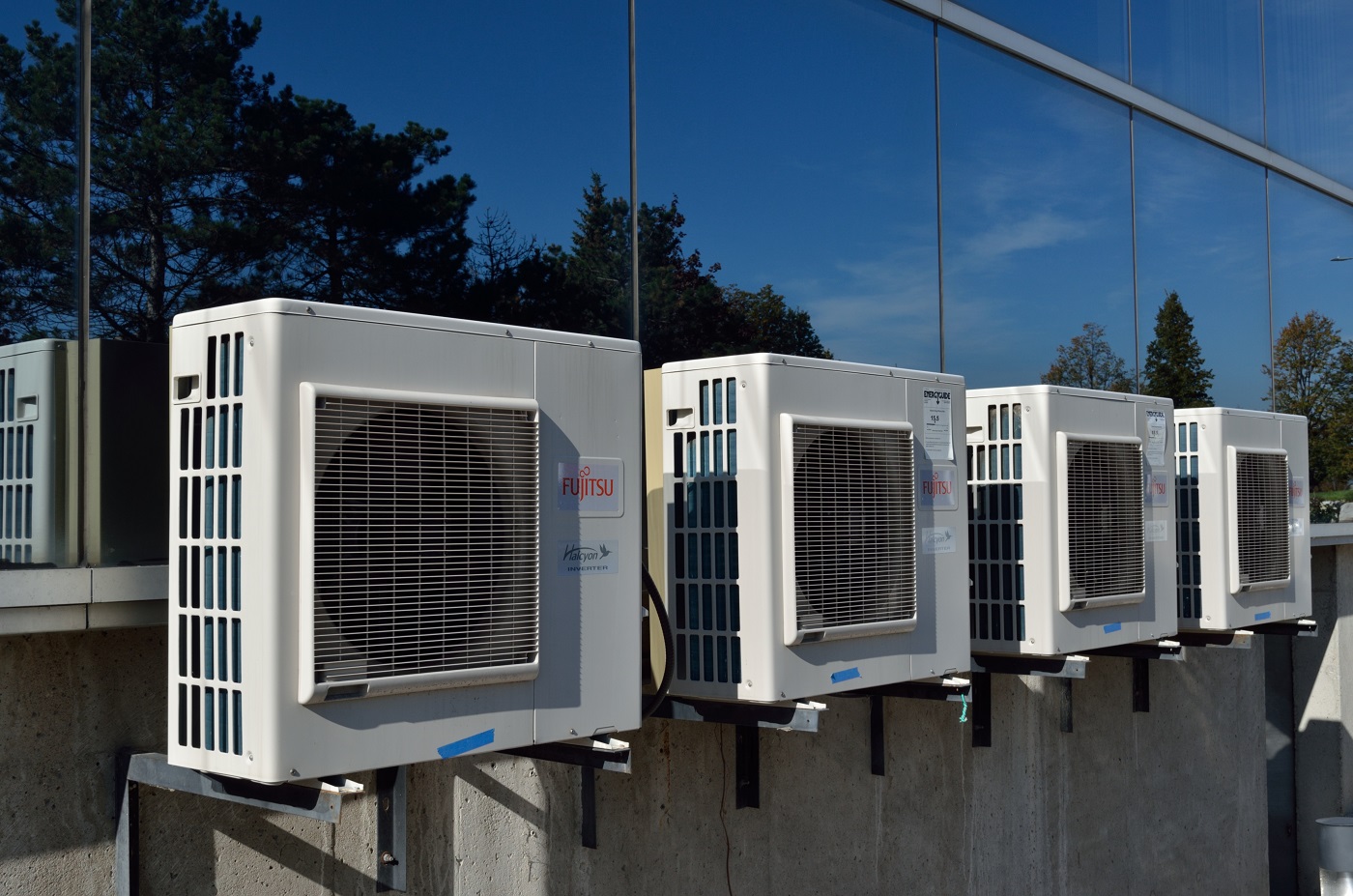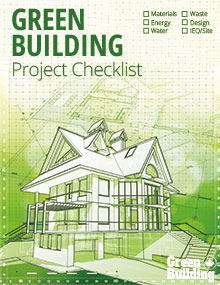
Corbett Lunsford has performed hundreds of comprehensive home performance assessments as technical director of Green Dream Group and has also written Home Performance Diagnostics: the Guide to Advanced Testing. In this Q&A he answers some common questions about home performance testing and offers some great tips for testers.
How do you define home performance testing?
Home performance testing is the basis for all control over comfort, durability, air quality, and energy efficiency. If you can’t measure home performance, you can’t achieve it, or even define it.
Why do you believe performance testing is so important to a home’s sustainability?
Here’s the secret: there is NOTHING in a building that can be hidden from performance testing. So nobody ever has to guess about whether the house was built well or not. All it takes is performance testing! If you could know FOR A FACT that your home is perfect, wouldn’t you want to? There’s so much marketing noise and unfounded opinions surrounding “sustainability,” especially for homes, that we must start requiring actual measurable data before sinking thousands of dollars into “solutions” that simply will not work. Home performance diagnostics is the only way to scientifically pinpoint opportunities for improvement, and then verify that the work was done correctly.
Is home performance testing within the grasp of a typical green builder or is it too specialized?
Performance testing is definitely a specialization—we are the radiologists of the building industry. If you do it every day, you can be very good and get terrific results. If you only drag the blower door out once every few months when you win a new renovation project, you’ll pull your hair out. Also, many of these tests are potentially hazardous to the home, the occupants and the professional, so you should just find someone who knows what they’re doing and outsource it.
Is this a dangerous occupation?
Interestingly, the answer is yes, but not because of gas leaks. You may be amazed, but in Chicago we find gas leaks in around 40 per cent of our clients’ homes. Our clients are more mindful than the average homeowner, so you can imagine what percentage you’d find in average homes! Explosion aside, you do have to deal with carbon monoxide (CO), which is deadly, and the potential for disturbing asbestos, but the REAL danger is that this occupation requires deep thinking. Deep thinking is not a trademark perk in the building industry, where most professionals are underpaid and overworked. So giving your chess-playing, system-thinking brain the space it needs to draw accurate conclusions from the array of home performance testing is paramount. If you stop thinking, then yes, you will need to rely on your professional liability insurance, which is not terribly costly…until after you actually use it.
What are the most cost-effective ways to improve a home’s performance?
1. Air Sealing (inexpensive, installed only once)
2. Insulation (inexpensive, installed only once, defeated by air leakage)
3. Mechanical Systems (expensive, maintenance required, replacement required, defeated by air leakage and insulation issues)
In your experience, what are the best performance tests?
The number one all-time test is the blower door. And while the blower door is running, you have a gigantic opportunity to run a number of nested tests: infrared thermography, zonal pressures, pressure panning, chemical fog, etc.
The main two components of the home are the envelope (which we just tested), and the HVAC system (which has its own tests): HVAC testing, including measured capacity (it’s generally not what’s on the label), carbon monoxide emissions, airflows and leakages, temperature rise/drop, static pressures, gas leaks, etc.
What quality control methods do you recommend for testers?
Calibrating equipment is essential, of course, but you really develop a nose for quality with experience. Once you know what an erroneous reading acts like, you can identify it in the field, and make it right. This is why mentorship is so important—if we have a bunch of lone wolves running around poking homes with tools, it doesn’t make for a healthy home performance industry. The first thing I did when I started my company was find two or three more experienced professionals and hire them to mentor me.
Home performance testing can get complicated. Do you have any recommendation on how testers can best explain the results to their clients?
Oh boy, Kiva, this is the right question. There is a ton of research showing that homeowners are not convinced by energy savings or home performance test results alone, and I have hundreds of homeowners’ worth of research that shows that they are actively repelled by technical mumbo-jumbo. Your client does not want to know how the X-ray works. They want to know if you can fix what hurts.
The answer is YES, you can cure their pain, by refining your reports package to get the client education part exactly right. Crafting the message is the central issue in our industry.
What are the most effective tools you’ve come across for home performance testing?
You know, it’s kind of funny, but the tools that get me super excited are generally fans, pressure meters and barriers, thermometers, and basic Newtonian-physics stuff. Infrared cameras are definitely sexy, and it’s important to have one (to show your clients beautiful pictures-very convincing). Interestingly, I’m not too excited about tools that do a hundred different things, which is a trend lately, because it can easily confuse the user about what they’re testing and why. Also, I don’t like to put all my eggs in one basket—something always breaks down at the opportune moment.
What role do you see performance testing playing in the future of green building?
Performance testing is not just central to green building—it is the future of ALL building. Here in Illinois, our building code is actually requiring performance testing (blower door and duct leakage) starting January 1st, and so will everyone else’s, eventually! Once people realize that it’s possible to get scientific proof that any home building or home improvement job was effective, they will stop paying for a worthless product. Everyone can be in control of their homes!
In this video Lunsford explains the technical aspects of home performance testing:
http://www.youtube.com/watch?
image: pxhere



4.5